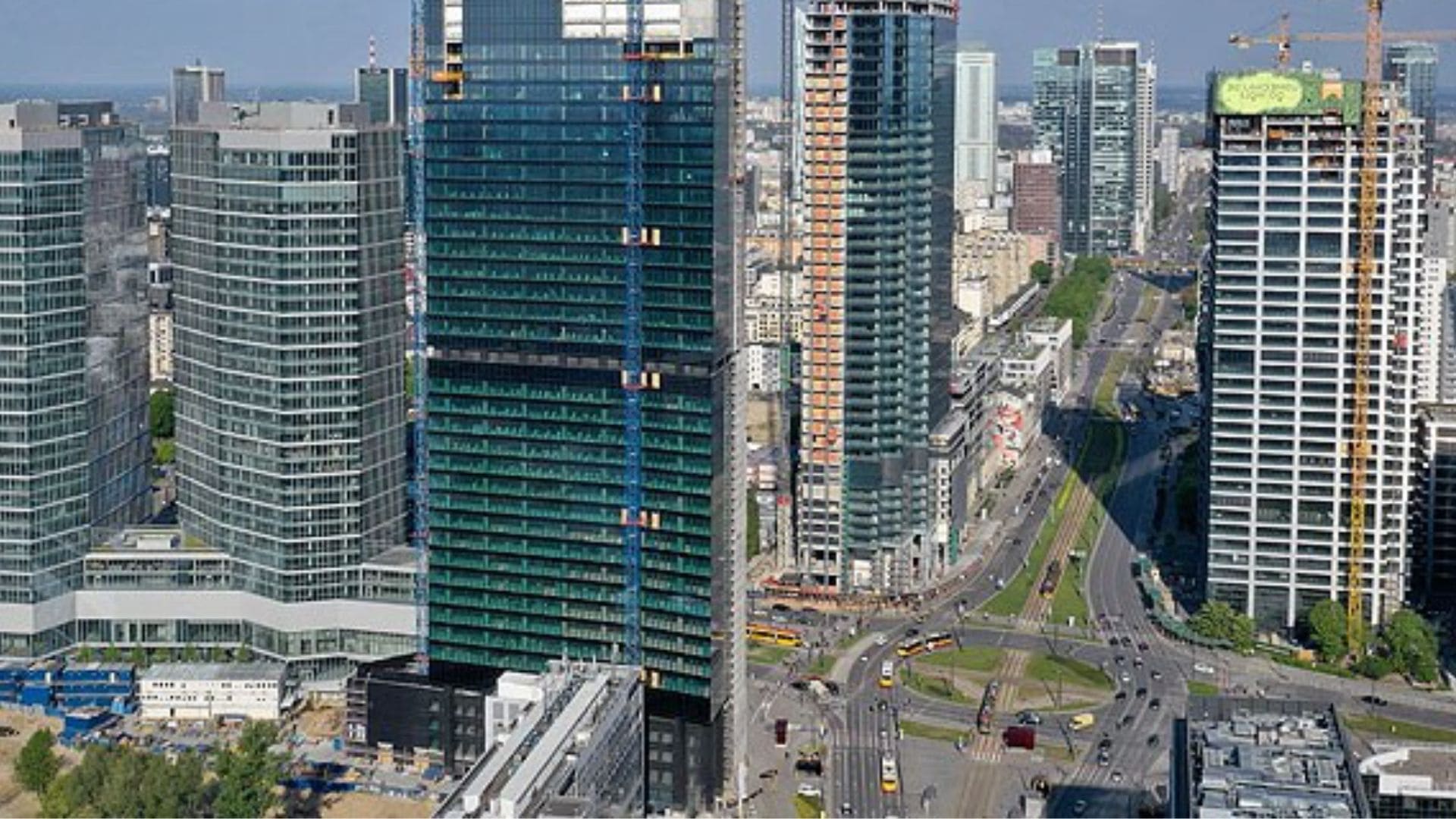Poland's Thriving Real Estate Market: A Comprehensive Overview and Bright Future
- Poland | 15 February 2021

Central and Eastern Europe’s most prominent real estate market, Poland, continues to shine brightly, even in the face of challenges. The year 2020 witnessed Poland achieving its highest transaction volume, and this momentum is extending into 2021. Notably, both the capital, Warsaw, and secondary cities are evolving at an astonishing pace, making Poland a focal point for real estate investment.
Warsaw, Poland’s capital, maintains a steady growth in purchasing power, currently standing at approximately EUR 11,600 per capita. This rise continues to drive demand in the residential and retail sectors. Office yields in Warsaw are positioned at 4.5%, with industrial yields at 5.75%, figures surpassing Western European counterparts.
The first quarter of 2021 presented challenges to Poland’s real estate market, especially the office sector. Another lockdown in March prompted a return to remote working for many companies, while others intensified COVID-19 safety measures. Consequently, office market dynamics shifted significantly.
Developers have adjusted their strategies, with the lowest construction volume in 11 years—approximately 420,000 sqm currently under development. Furthermore, the first quarter marked the lowest demand for office space since 2010, contributing to a vacancy rate of 11.4%, the highest since 2017. However, limited office space in the pipeline for the coming years may counteract the rise in vacancy rates.
A noteworthy trend, born out of the pandemic, is the increase in available subleased office spaces, as tenants seek to reduce their office footprint. Currently, over 120,000 sqm of subleased office space is available in Warsaw, a practical alternative for businesses seeking shorter lease terms.
Flex offices have also gained prominence, providing flexibility for companies amid uncertain times. Occupancy of flexible offices in Warsaw’s central districts remains stable, signaling a market in the process of stabilization.
Poland’s retail market has undergone significant transformation in recent years, influenced by evolving trends and the challenges posed by the COVID-19 pandemic. While shopping centers once dominated the retail landscape, other formats have gained traction.
In the 1990s, hypermarket-driven shopping centers were the norm, with small galleries serving as mere add-ons. As competition grew, these galleries expanded to include entertainment, dining, and leisure options. Concurrently, big-box retail warehouses and retail parks began to emerge, often adjacent to existing shopping centers.
Over time, developers recognized the potential in regional cities and medium-sized towns, adapting their offerings to local markets. Consequently, the share of major agglomerations in shopping centers and retail parks decreased, while smaller cities’ influence increased.
The COVID-19 pandemic temporarily slowed construction activity in Poland; however, developers completed nearly 148,000 sqm of modern retail space in large-scale projects in the first half of 2020. Retail parks accounted for a significant portion of this new supply. An additional 449,000 sqm of retail space is under construction, with a growing focus on smaller, convenience-based assets.
Poland’s industrial real estate market remains robust, with a total existing stock of 21.4 million sqm as of March 2021. The ‘Big Five’ markets continue to dominate, accounting for over 80% of the total stock. The Tri-City market is gaining importance, crossing the 1 million sqm threshold soon, reflecting northern Poland’s appeal and proximity to Baltic seaports.
High demand and positive expectations have spurred a construction frenzy, resulting in a significant under-construction pipeline of 2.3 million sqm at various stages of development. Approximately 70% of this space has already secured pre-let contracts, promising favorable future vacancy rates.
Rents have remained relatively stable, with Warsaw Inner City and urban locations commanding the highest prices. The industrial sector demonstrated resilience amid the pandemic, with high investment turnover in 2021, highlighting its strength.
Poland’s residential sector is undergoing a transformative phase as it approaches a new stage in market institutionalization. While the majority of housing stock remains privately owned, institutional investors are increasingly entering the rental market, especially in major cities. This shift reflects changing attitudes toward renting and the growing “generation rent” in Poland, who cannot afford homeownership.
The living sector encompasses a wide range of rental premises, including flats, student housing, and senior residences. Despite the challenges posed by COVID-19, investment in rental housing, student accommodations, and retirement homes has surged. Poland’s polycentric city structure offers scalable business opportunities, with higher initial profitability compared to Western Europe. The market demonstrates substantial growth potential in rents and capital values, with the expectation of yield compression in the coming years.








